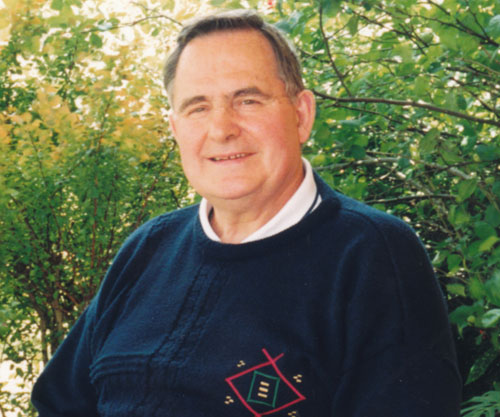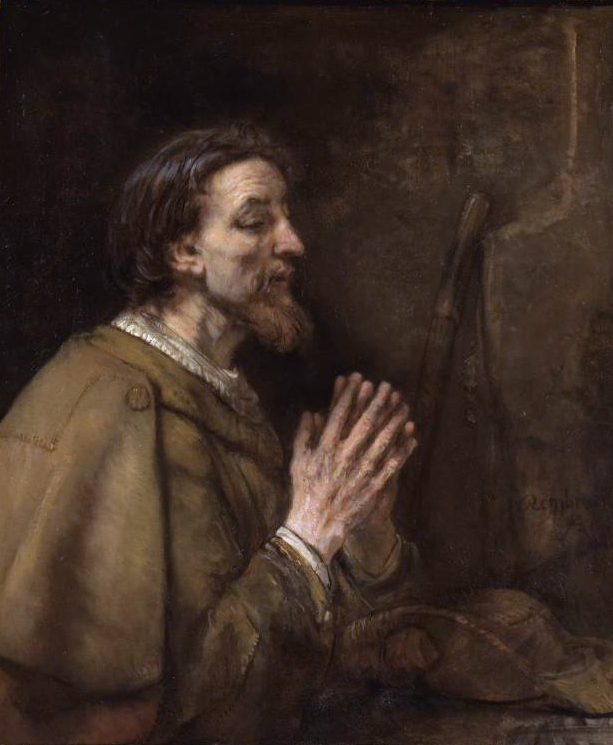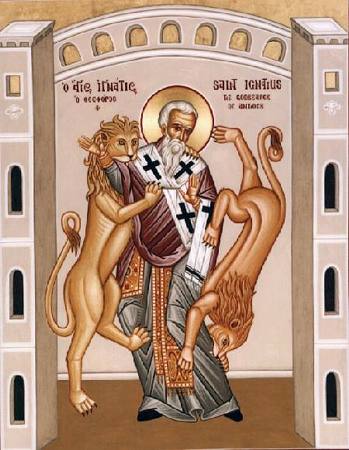Readings
(New American Bible:
Philippines, USA)
Readings(Jerusalem Bible: Australia, England & Wales, India
[optional], Ireland, New Zealand, Pakistan, Scotland, South Africa)
Gospel
Mark 10:35-45 [42-25] (Revised Standard Version – Catholic Edition)
[James and John, the sons of Zebedee, came forward to Jesus, and
said to him, "Teacher, we want you to do for us whatever we ask of
you." And he said to them, "What do you want me to do for you?" And
they said to him, "Grant us to sit, one at your right hand and one at your
left, in your glory." But Jesus said to them, "You do not know what
you are asking. Are you able to drink the cup that I drink, or to be baptized
with the baptism with which I am baptized?" And they said to him, "We are able."
And Jesus said to them, "The cup that I drink you will drink; and with the
baptism with which I am baptized, you will be baptized; but to sit at my right
hand or at my left is not mine to grant, but it is for those for whom it has
been prepared." And when the ten heard it, they began to be indignant at
James and John.]
And Jesus called them to him and
said to them, "You know that those who are supposed to rule over the
Gentiles lord it over them, and their great men exercise authority over them. But
it shall not be so among you; but whoever would be great among you must be your
servant, and whoever would be first among you must be slave of all. For the Son
of man also came not to be served but to serve, and to give his life as a ransom
for many."
+++
Fr Nicholas Murray (1936 - 2011)
When I was reflecting on the gospel the late Fr Nicholas Murray came to mind. I knew him as a friend and as my superior, in the sense of the person in charge. He was Regional Director in the Philippines in the early 1980s when we started to invite young Filipinos to become Columbans. He appointed me as first vocation director here and in 1984, on his recommendation and that of his council our Superior General, Fr Bernard Cleary, put me in charge of our first group of Filipino seminarians in Cebu City.
Father Nick later found himself appointed to Ireland to do vocations work but before long he became Regional Director there. In 1988 he was elected Superior General and six years later was re-elected, the only Columban with that distinction. He and his council made one particular decision that didn't sit well with many, but he stood by it and made no excuses. He showed himself there especially to be the kind of person his classmate Fr Gerry French recalled after his death: 'He was the natural captain of every team'.
He then went to teach English as a second subject at a university in China where he was known as 'Mr Nick'. He wrote about his experience there in an article in Misyon, 'When you learn, teach; when you get, give'. He chose a certain obscurity after having been in senior positions of authority for so much of his life. He was also aware that no everyone saw what he was doing as proper missionary work. In his article he wrote:
The witness of presence can be particularly effective. As I have come to realize from personal experience. Some Chinese teachers of English, who employ journal writing as part of their course to the same students I teach, inform me that their students are deeply impressed by my life, work and values and have recorded such admiration in their journaling. One of those same students, actually the brightest in my own classes, one day shared the following reflection in my class. I was so deeply impressed that I asked her to write it out for me. Here is her sharing: ‘Never have I so seriously reflected on the power of religion (it is far from and alien to us Chinese). By sharing life’s journey with us, our Oral English teacher, Mr Nick, aroused my reflection on religion. Now I realize it’s not only a relief from anxiety, distress and grief, but also a motive for one who believes in it to strive to do good deeds; a way to have a noble heart and a remedy for spiritual barrenness. I feel that it is his beliefs that inspire Mr Nick to do what he has done. Now I’m thinking of converting to Christianity, though I’m quite at a loss about how to do it.’
'Mr Nick' with some of his students in China
Father Nick reflected further:
My travels and lifestyle did not escape her attention and reflection either. She went on to say, ‘I could see Mr Nick’s eyes shining and face glowing when he referred to the places where he traveled: the Philippines, Brazil, Japan, Pakistan . . . to name just a few, and now China . . . When his privacy was intruded by a question about his own family he smiled and said, “No one will marry a man who never has enough time for his wife and children.” Now Mr Nick is 65-years-old and forty years have passed since he embarked on his road of serving and helping people. He sticks to the life-long pursuit, the calling, at the price of hardship, marriage and his precious youth (I know how difficult it is to travel around and help people). I was deeply moved when I heard Mr Nick’s answer to the question, “Is there one day when you will stop doing all these things?” “Yes,” he said, “when my health won’t allow it.” I was seized by this simple answer and began to realize how profound the saying is, “When you learn, teach; when you get, give.”’

When Father Nick returned to Ireland he worked for a couple of years in his native Diocese of Clonfert but he eventually reached a point where he had to say to himself, as he had said to the student in China, My health won't allow it'. He died on Holy Thursday last year.
Father Nick never sought to be at the right or left hand of the Lord. But he accepted heavy responsibilities when the Lord sent them his way. He carried them out with full and cheerful responsibility. Father French said of him, I remember one of my colleagues saying of his election, 'Nick never thought of himself as superior or inferior to anyone else' - what a beautiful tribute.
As we say in Irish, ‘Fear ann féin a bhí ann’, 'He was a man at home with himself'.
He also believed in individuals doing what they were supposed to do. I remember one time when he sent an article to the editors of the different Columban magazines he wrote in aa covering note in his humorous way: You lads are paid to edit! He trusted us to do a good job - and his articles needed very little editing.
The other ten apostles were indignant with James and John over their request. I'm quite sure that this was because each of them wanted positions of importance. They still had much to learn. Yest James was to become the first of them to die for the gospelm in AD44. St James is sometimes known as 'The Greater' or 'The Elder' to distinguish him from St James the Less, the son of Alphaeus.
Rembrandt paints a very different James from the one in this Sunday's gospel. We see a prayerful, humble man in the dress of a pilgrim. El Camino, the pilgrimage across northern Spain to the saint's shrine in Santiago de Compostela, 'Santiago' being the Spanish form of 'St James', is one of the oldest in the Church.
As Superior General, Father Murray went on many a 'pilgrimage' visiting the different Columban missions and was very familiar with all of them, countries such as the Philippines, Chile and Peru that are predominantly Catholic, Korea where Christians have become prominent in public life, Japan and Pakistan where Christians are a small minority, Fiji, where the ethnic Fijians are all Christian and the Indian-Fijians mostly Hindu.
By choosing to go to China to teach and to be a missionary through his presence there he was living out the vision of our patron, St Columban, to be a peregrinus pro Christo, a pilgrim for Christ, following in the footsteps of Bishop Edward Galvin, Co-founder with Fr John Blowick of the Columbans who was expelled in 1952 from the China he loved and who once said to some fellow Columbans, You are not here to convert the people of China, you are here rather to make yourself available to God.’
Mission Sunday
This Sunday is Mission Sunday and in Rome Pope Benedict will canonise seven new saints.
The current issue of Misyon carries an article by Hannah Carter, The Palm Branch and the Lily, that links the lives of two of these new saints who lived at the same time and both of whom died young, Pedro Calungsod, a young catechist from the central Philippines martyred in Guam, and Kateri Tekakwitha, the first native North American to be declared a saint.
Statue of St Kateri Tekakwitha, Santa Fe, New Mexico [Wikipedia]























